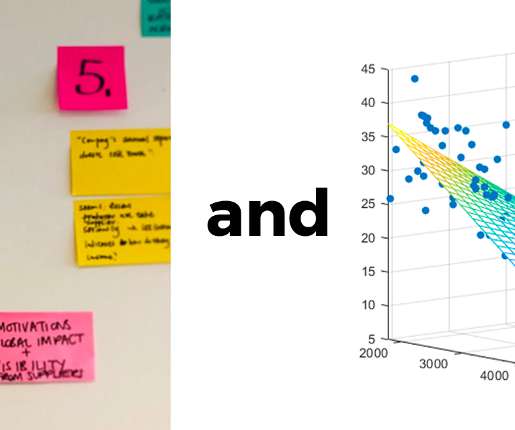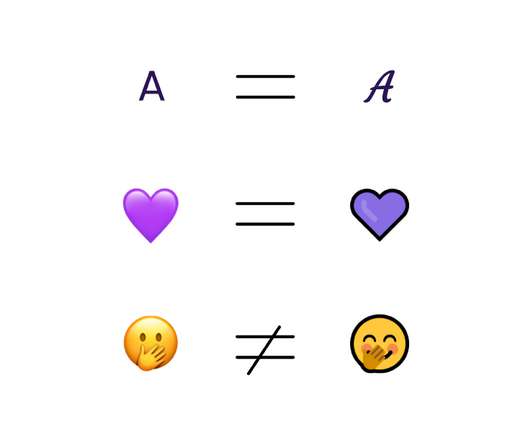The mechanics of non-human personas
UX Collective
JUNE 5, 2022
Stone titled Should Trees Have Standing? [3]. featuring needs/motivations, challenges/stressors, issues relating to habitat and food identified from the literature and a descriptive narrative of their behaviour. In the literature, this approach is referred to as a “middle-out” engagement [14, 15]. Should Trees Have Standing?














Let's personalize your content